TPO (THERMOPLASTIC POLYOLEFIN)
TPO is produced in 45-, 50-, 60- and 80-mil thicknesses. All TPO roof-cover membrane is internally reinforced and can be obtained in tan, light gray and white surface colors. Other colors are available depending on the manufacturer; however, darker colors are frowned upon as they tend to fade. The sheets are reinforced with fiberglass or polyester.
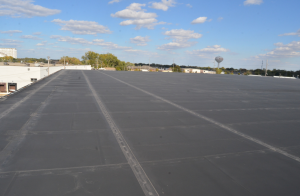
PHOTO 3: This mechanically fastened roof in northern Ohio was observed to still be functioning after 20 years of service.
I still consider TPO a new product because the formulations are still being adjusted and its long-term weatherability by in-situ performance is still in question. However, it should be noted that the Western States Roofing Contractors Association, Morgan Hill, Calif., in association with the National Research Council of Canada, Ottawa, conducted a 10-year study on in-situ roofs in North America and concluded the membranes were performing as promised.
Early TPO membranes experienced premature degradation caused by heat aging and, more importantly, UV degradation and resulted in some concerns in the industry. Additionally, the LEED green-building certification program pushed designers to specify light colored roofing and in association with poor knowledge of roof systems in general led to unintended consequences, such as condensation on the underside of the membrane.
TPO is rather stiff and a challenge to detail with and thus has led me to use self-adhering EPDM membranes for difficult detailing conditions. The surface of TPO is very slippery when wet or covered with dew, frost and snow. Caution should be taken when traversing them at these times. Walkway pads are recommended for expected rooftop traffic areas.
PVC (POLYVINYL CHLORIDE)
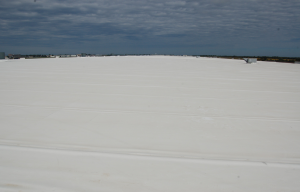
PHOTO 4: Mechanically attached TPO (and PVC) are cost-effective roof-cover options for large projects.
PVC is produced in 48-, 50-, 60-, 72- and 80-mil thicknesses and, like TPO, all field sheets feature internal reinforcing with fiberglass or polyester. Lap seams typically are hot-air welded. In addition to gray, tan, white and some additional standard options depending on manufacturer, some manufacturers offer custom colors. PVC is often selected over TPO in situations where chemical resistance is of concern. PVC products are inherently resistant to byproducts vented onto the roof, such as kitchen exhaust systems harboring grease, etc.
Another option with PVC and TPO membranes is a fleece backing that allows for installation with polyurethane-foam adhesive, which can provide superior wind-uplift resistance. Availability with varying thickness should be confirmed with the manufacturer.
Like EPDM, PVC has a long history of success. For the old-timers reading this article, you’ll recall the old unreinforced Trocal PVC shattering days. For those millennials who have no idea what I am talking about, at one time PVC was produced without reinforcing and often used in a ballasted application. Plasticizer migration was often accentuated by the ballast, which left a stiff and brittle roof membrane that had the propensity to “shatter” like a piece of dropped glass. This typically occurred in colder weather when the sheet was cold and constricted and under tension. It should be noted that if this roof membrane failure occurred while still under warranty, to my knowledge, the manufacturer honored the warranty and replaced the membrane. Thirty years of performance is not unheard of for PVC. The membrane is more supple then TPO and thus easier to detail with. PVC can also be recycled at the end of its service life.
A subcategory within PVC includes KEE (ketone ethylene ester) formulations. These are often defined as solid plasticizers and are proprietary polymers from DuPont, Wilmington, Del. KEE sheets do not see the plasticizer migration that the early PVC sheets experienced.
Thermoplastic membranes are typically installed in a mechanically fastened or fully adhered method (see photos 4 and 5). Although the growth in the marketplace was via mechanically attached systems, in recent years, fully adhered systems have seen significant growth.
PHOTOS: HUTCHINSON DESIGN GROUP LTD

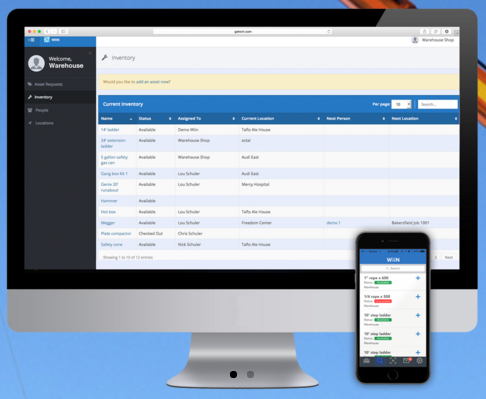
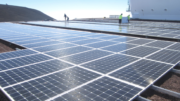

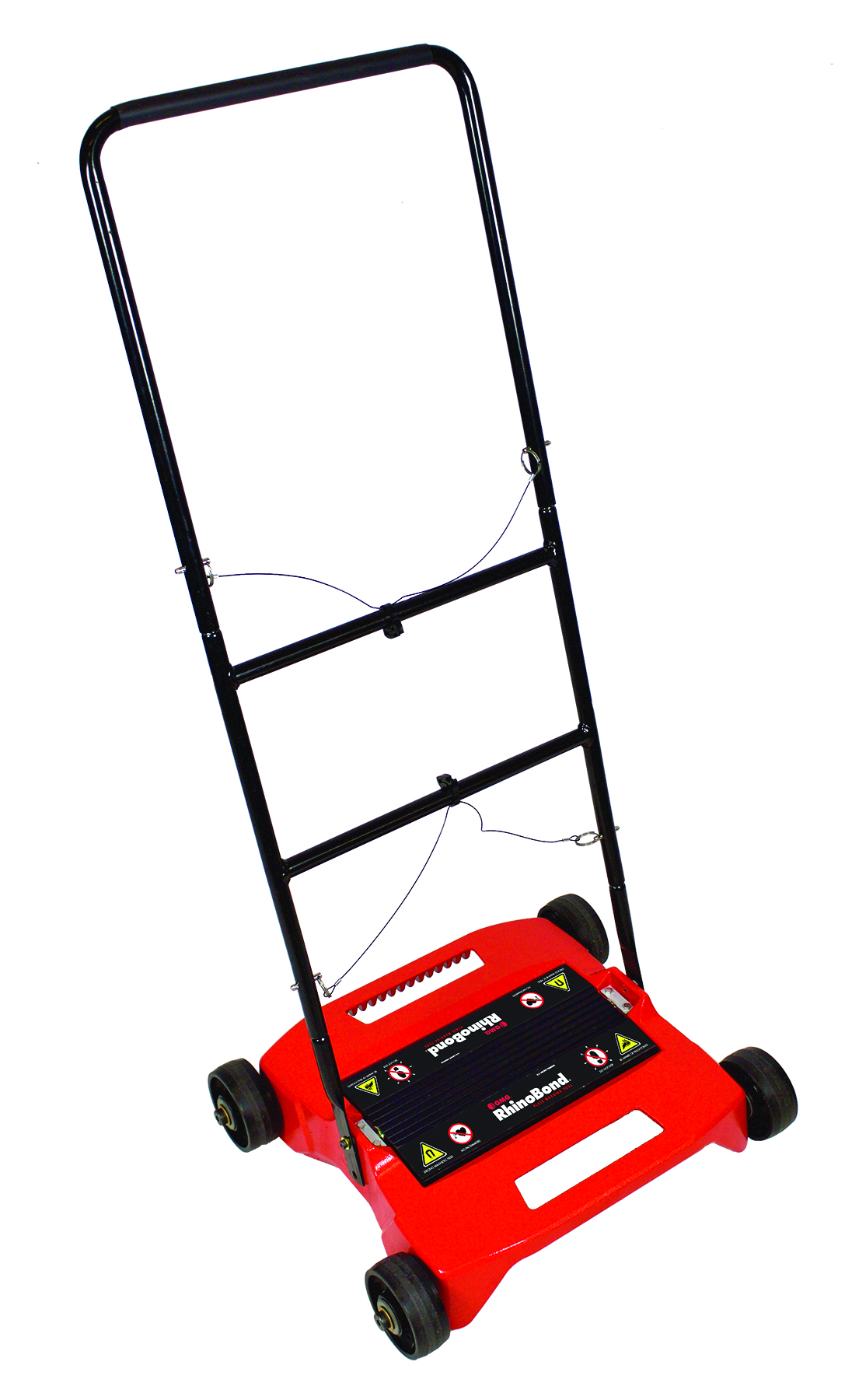
Be the first to comment on "The Roof Cover: The Cap on the Roof System"